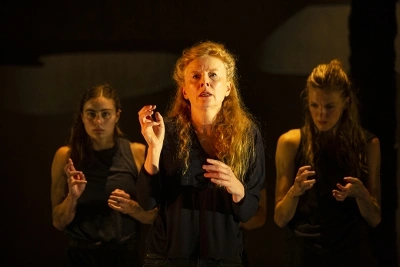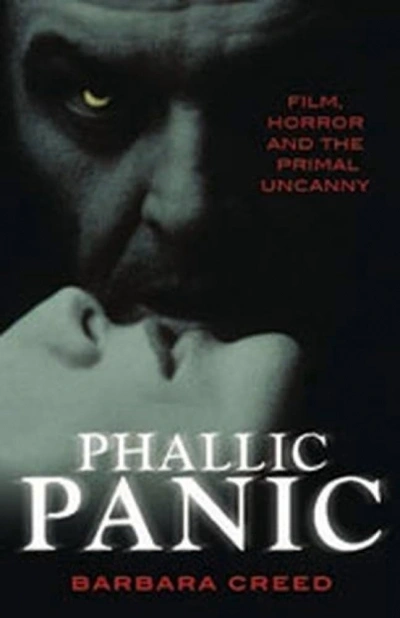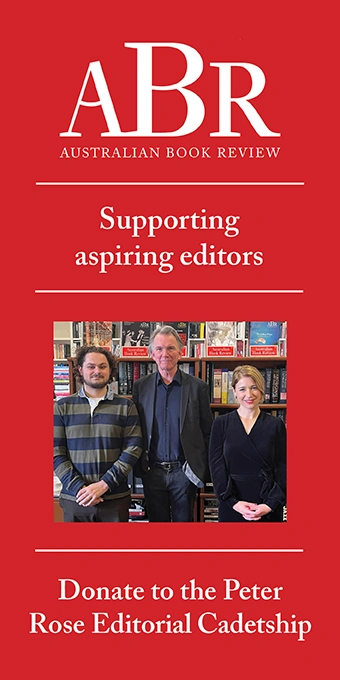Monsters
Is there any trope more ubiquitous to the horror genre than the jump scare? A sudden scream cuts through a loaded silence; a flitting shadow hosts a monstrous threat. It’s a trope often traced back to 1945’s Cat People. In the film, a scare comes in the form of an errant bus. Known as the ‘Lewton Bus’ after producer Val Lewton, the term is now a kind of genre shorthand, referring to a sequence that gleefully teases its audience with the possibility of an approaching shock. A character, face barely lit, walks down a dark street flinching at shadows. The sound of their rushed footsteps increase in volume and pace before the roar of a bus breaks the tension. Suspense results from the harmony between lighting, mise en scène and sound. We never see our monster, nor do we need to. A bus is scary enough. ... (read more)
Phallic Panic: Film, horror and the primal uncanny by Barbara Creed
by Rose Lucas •






